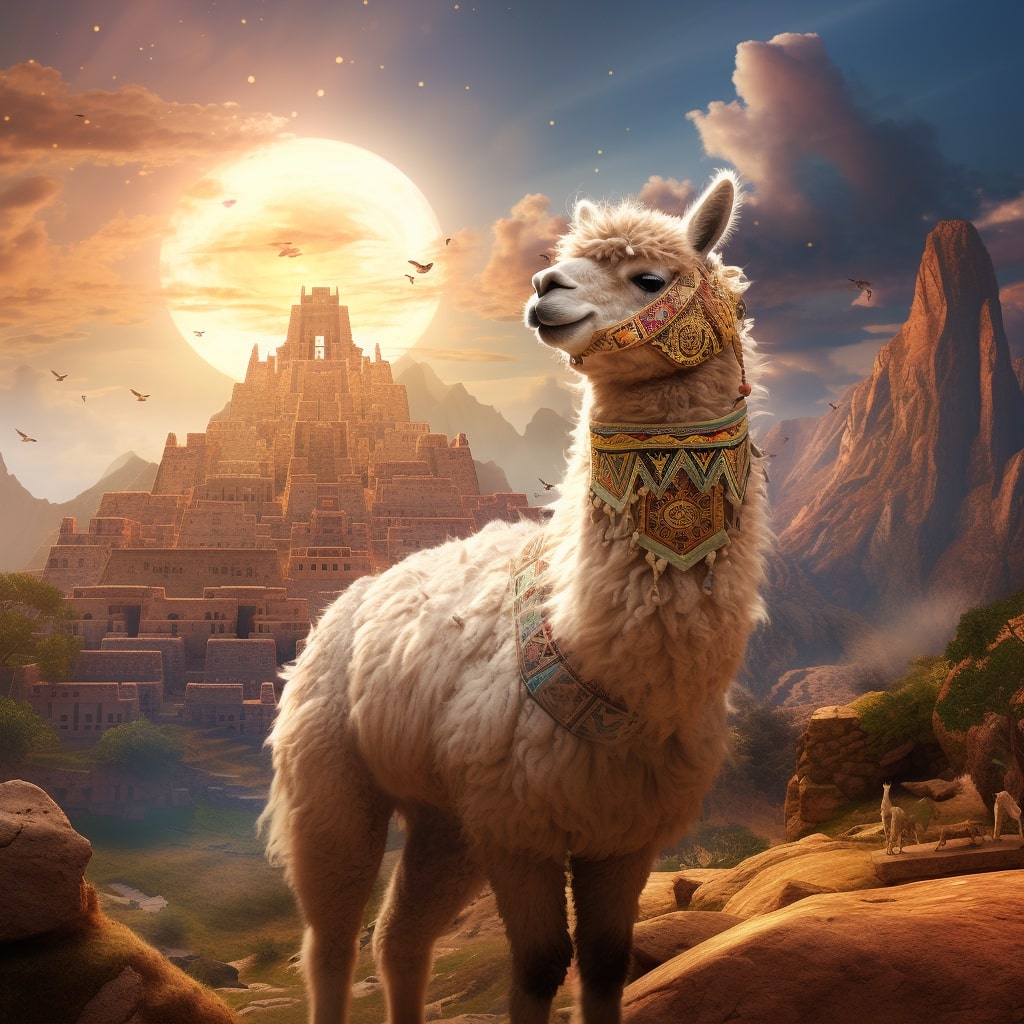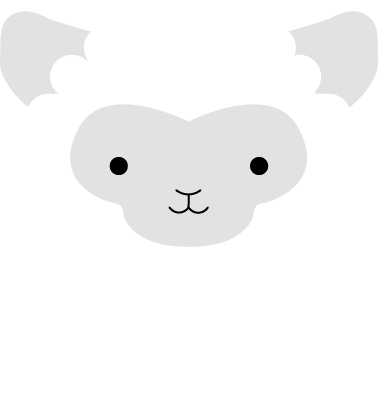The origin and history of alpacas are very ancient, dating back to South America over 4,000 years ago. In fact, from hieroglyphics found in Peru, it can be deduced that the alpaca was the first domesticated livestock in the world. The Incas called them the “gold of the Andes,” and their wool was referred to as the “wool of the gods,” reserved only for emperors and court members to wear. Owning alpacas and wearing their skins was synonymous with wealth, and products derived from their breeding such as meat, fiber, and skins were traded for other goods.
6000 Years Ago – The alpacas of El Yaral
Archaeozoologist Jane Wheeler, upon the recommendation of archaeologist Gloria Salinas, studied ancient alpaca mummies from El Yaral. From her analyses, she discovered that all the alpacas (except one) had a skull fracture caused by a strong blow. Wheeler believed that the animals were sacrificed in rituals by the inhabitants of El Yaral. Another astonishing find by Wheeler was the quality of the fiber, as some alpacas had uniform fibers measuring 17.9 micrometers – 4 micrometers, or one six hundred sixty-six thousandths of an inch in diameter, which is finer than that of a modern alpaca.

1500 – The Spanish conquest and the threat of extinction
After the Spanish conquest of Peru in the 16th century, which led to an intensification of sheep farming, the alpacas were almost driven to extinction. To save the alpacas, Peruvians moved the few remaining animals to high-altitude areas like the Puno Alta highlands, where sheep could not survive.
1800 – The revival of alpacas in England
Alpaca fiber began to regain importance in England. Historians note that alpaca wool was brought there in the early 1800s but was initially dismissed as unusable. It was not until 1836 that a man named Titus Salt studied the true qualities of alpaca wool. After months of work, he managed to produce the first real alpaca wool suit presented to Queen Victoria. This event marked the beginning of the alpaca fiber market with a surge in demand.
1984 – First importations of alpacas
In 1984, the United States and Canada imported their first alpacas. However, this was not the first time alpacas had been in North America; many years earlier, the ancestors of modern alpacas roamed freely in the central-southern plains of the United States.
Over the years, these animals migrated between North America and Asia, eventually evolving into the modern Bactrian and Dromedary camels of Asia and Africa. Later, in 1989, Australia and New Zealand began importing alpacas. These countries, with their more temperate climates and more sophisticated breeding techniques, facilitated the development and growth of the species.
2020 – Alpacas today
In recent years, interest in alpaca fiber clothing has seen significant growth due to several factors:
- Alpaca farming has a low environmental impact;
- The qualities and characteristics of the fiber;
- The profitability derived from their breeding;
Outdoor sports enthusiasts choose alpaca fiber because its lighter weight and better warmth offer them more comfort in cold weather.
2009 was the International Year of Alpaca and other Natural Fibers, as proclaimed by the United Nations General Assembly in 2006. One of the world’s most important alpaca breeders was Don Julio Barreda, who has raised alpacas since the age of 13. Today, alpaca fiber is increasingly valued for its special and unique characteristics by producers, hand spinners, and weavers around the world.
Sector difficulty
To date, the number of alpacas in South America exceeds two million. Unfortunately, due to the limited local investments supporting this type of business and the economic difficulties of these countries, more than 250,000 alpacas in Peru, mostly Cria, perish due to harsh winters, scarce pastures, and the abandonment of lands by the youth.
Another aspect to consider involves the breeding techniques adopted in these countries, which are still anchored in tradition and the past, yet are now considered primitive and do not allow for the full potential of alpaca fiber to be exploited.
Sector opportunity
Fortunately, the export of alpacas and thus the development of breeding in foreign countries with an agriculture that includes investments supporting breeding has allowed for the development of sophisticated management and care techniques for alpacas.
Monitoring of the genetic line, meticulous control of the alpacas, and the creation of new services employing these animals, such as alpaca walks, are significantly increasing investments in this sector.
It is estimated that there are about 4 million alpacas worldwide, a number that does not meet the entire demand for alpaca fiber. It is clear that raising alpacas is not only a pleasure but also a sound investment.
